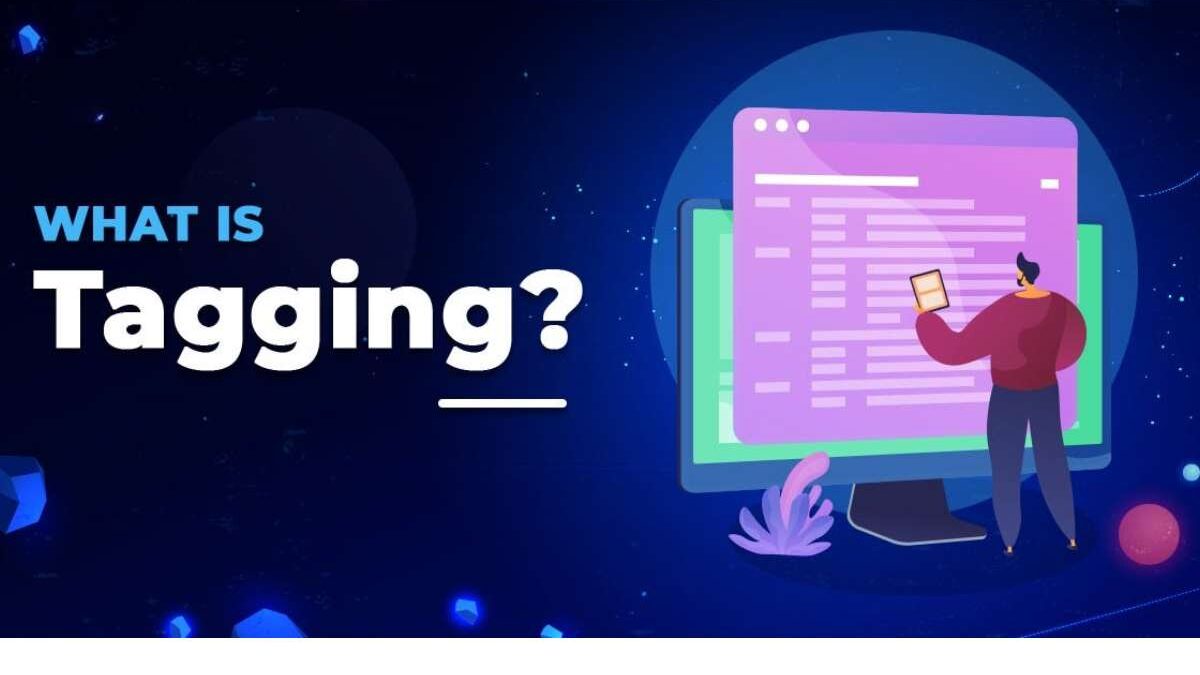Text tagging is a process of adding tags or annotations to different factors of unstructured data. Creating free-form data is crucial for more analysis. This has two options: either you can do it automatically or manually. Both traditional and advanced computers are performing this tagging. The words can be listed when discussing basic programming to tag relevant content. With complex programming, it uses advanced natural programming languages and machine learning algorithms to provide efficiency for large data sets.
How Text Tagging Works for Businesses?
We all know that text tagging is used in integrating both structured and unstructured data. And it can be used to build a complete data warehouse. It helps build business intelligence and decision-support software based on enterprise data.
It will help in gathering product performance data. Apart from this, it also helps analyze large volumes of data in larger companies. It assists in examining the technical aspects of patterns that will help determine the cause of the problem.
What are the Benefits?
- Text tagging has various benefits in many industries. Let us look at some of them:
- Text tagging will help determine the insights and access the content in an automated way.
- It will manage large-scale data even when the data is increasing.
Conclusion
Text tagging is crucial for training supervised machine learning models. During the training phase, a labeled dataset teaches the model the relationships between the input text and the corresponding tags. Once trained, the model can be applied to new, unseen data to make predictions or classifications. Creating free-form data is crucial for more analysis. This has two options: either you can do it automatically or manually.

